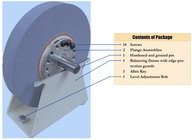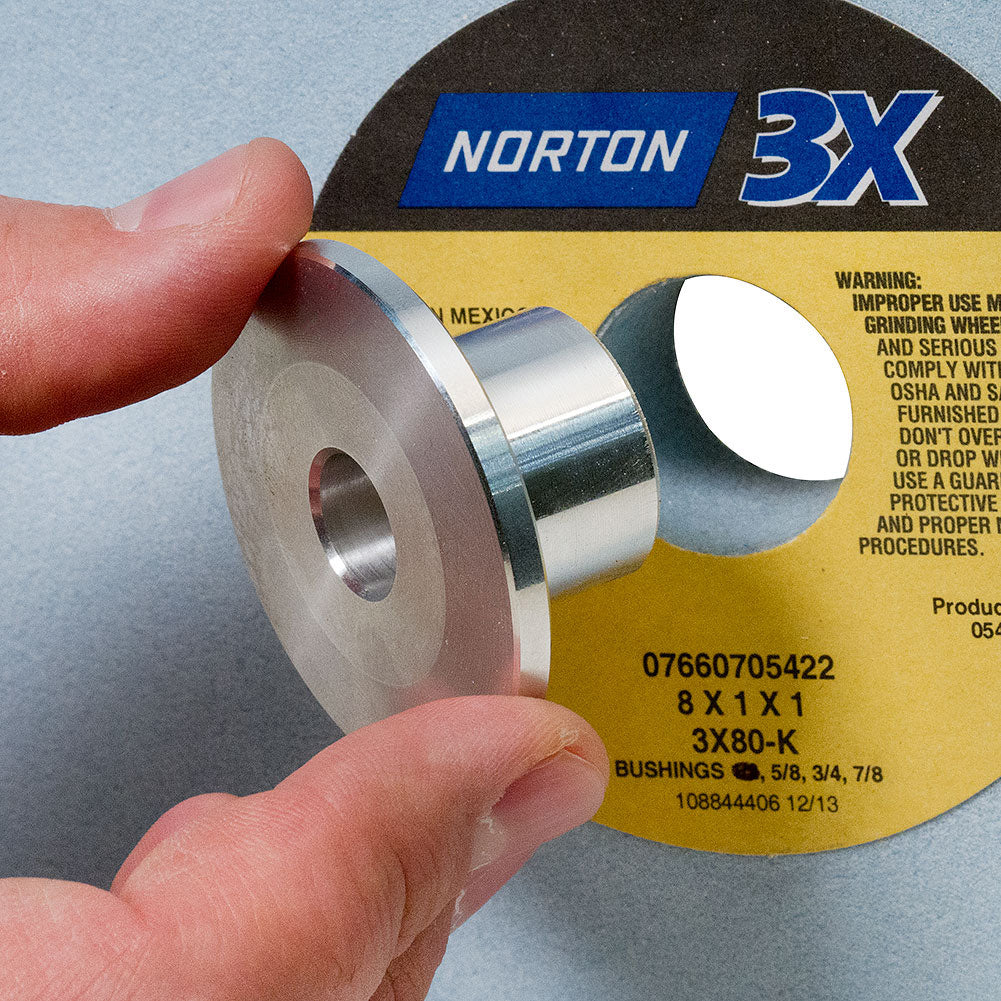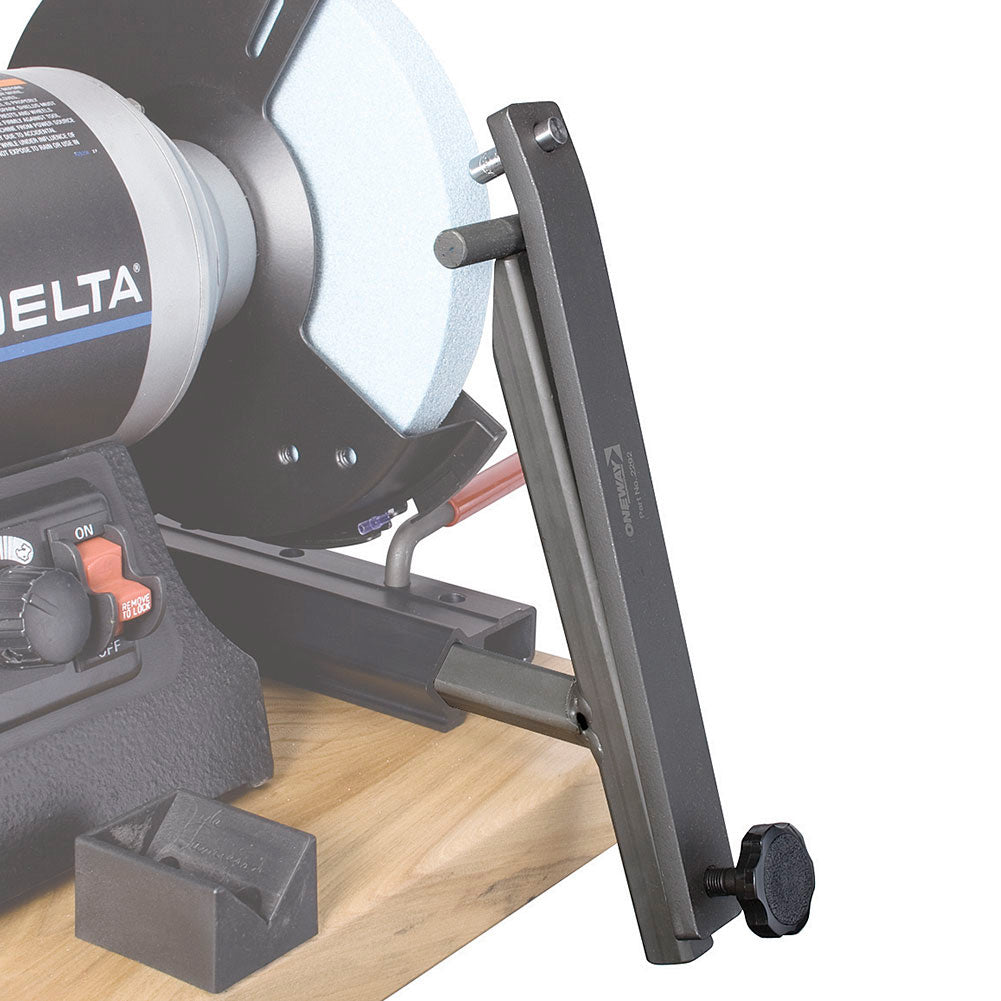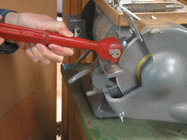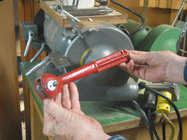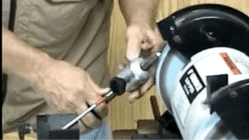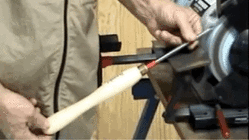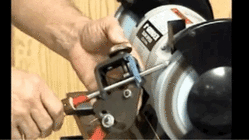I don't disagree with anything you said, Odie, and I can confirm both the notion and experience. Heck, in another recent thread I showed photo proof of the hand-honed edge being superior to a 180 grit CBN. I think the challenge with hand sharpening/honing, for me, is keeping the stone perfectly registered against both the edge and the heel of the grinding wheel created hollow-ground bevel while stroking the stone and following the curvature of the tool (such as a gouge). I am much better at it with skew chisels, but it takes a good amount of dedicated hand-eye practice to develop the action for gouges. It is all too easy to lose contact at the heel which instantly creates a different edge micro bevel angle (different from the edge angle right next to that new angle) resulting in a spot on the edge sweep that needs to engage the wood at a different tool presentation angle (and without realizing this, it feels like a dull spot on the tool). If the stone is lifted from the edge and hones the bevel heel only without realizing it, now you have an unsharpened point on the edge.
A final challenge is making sure your handheld stone strokes don't create multiple flat facets at the edge (which you alude to in your message), which are easy to create when stroking perpendicular to the edge and heel rather than stroking with smooth, curved strokes following the curvature of the tool.
Now, admittedly all of these shortcoming can be overcome with... continuous practice over time, but unless you are a daily turner spending many hours a day at your lathe, you may not be able to practice the skill enough to become proficient at it. Enter the tool holding jigs and grinding wheels which provide the consistent single facet flowing curved bevel resulting in a servicable cutting edge.
It does make me wonder, though, if some turners spend too much time on the grinding wheel per sharpening session. I can read the conditions to know when my tool is dulling, and when I'm at the fine grinding wheel I apply no more pressure on the wheel than the natural weight of the tool leaning on the wheel (and a trued wheel is important here to keep the light tool pressure contact from bouncing on the wheel), and I take no more than 3, maybe 4 smooth, full radius strokes across the wheel. This take me less than 5 seconds. No heat is generated, and the tool and wheel life are preserved.
Now, if I could just discipline myself to practice and master hand sharpening more often between trips to the grinder...

